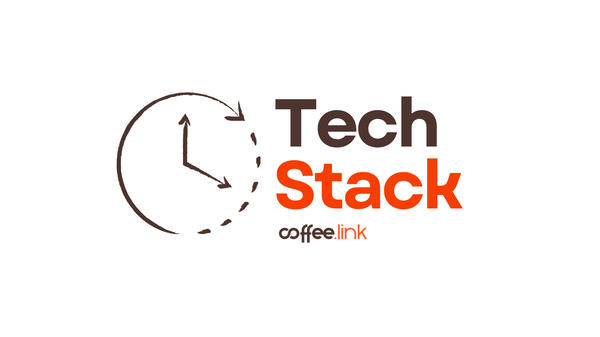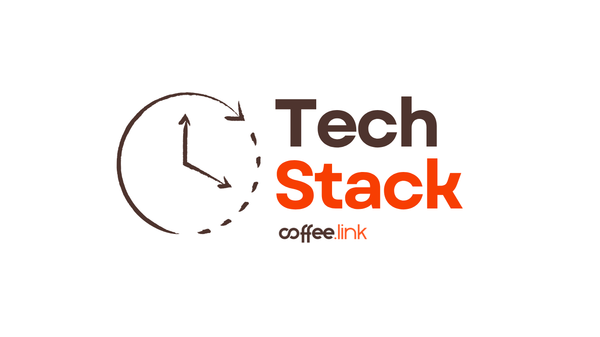The federal government shutdown in the US just entered its 28th day, therefore becoming the second longest in the country's history. This now affects approximately 42 million Americans who face the loss of crucial food assistance starting November 1, with the nation's largest anti-hunger program, SNAP (Supplemental Nutrition Assistance Program), stuck in a fix over funding crunches. The implications of this for food security are too sharp to not peruse.
Understanding SNAP: From New Deal to Modern Safety Net
During the Great Depression in 1939, Rochester's Mabel McFiggan became the first recipient of food stamps, thus marking the beginning of SNAP in its precursory form. President Lyndon B. Johnson, with his 'War on Poverty', made this provision permanent in 1964 by signing the Food Stamp Act. The program was later renamed by the 2008 Farm Bill as SNAP. This was to help fight the stigma around paper coupons and welfare, alongside enabling a transition to the Electronic Benefit Transfer system that had been implemented across the nation in 2004.
Today, SNAP recipients receive an average of $187 per month (which is roughly $6.16 per day) per person—a modest sum that nonetheless represents a lifeline for millions. For a family of three with no income, the maximum monthly benefit is $768, calculated based on USDA's Thrifty Food Plan, which represents the cost of purchasing and preparing a nutritionally adequate diet for low-income households.
The benefits are perhaps enough for basic staples like rice, beans, pasta, eggs, and seasonal produce, but leave little room for fresh fruits, lean proteins, or dietary variety. When these benefits disappear, families face impossible choices like skipping meals, purchasing cheaper processed foods that are higher in calories and hardly have any nutritional value, or forgo medical expenses and utility payments to afford food. This is how dire the situation can get.
The Contingency Fund Controversy
SNAP operates through a complex federal-state partnership. States transmit electronic files with benefit information to EBT vendors by mid-month, who then load individual cards with the next month's benefits. The program's contingency reserve, estimated at $5 to $6 million, was designed to cover shortfalls when appropriated amounts are insufficient.
During the 2018-19 shutdown (under the first Trump administration), USDA explicitly stated that contingency funds could be used for SNAP benefits, directing states to issue February 2019 benefits early by January 20. However, the USDA issued a memo stating that contingency funds are "not legally available" to cover regular benefits during the current shutdown, arguing they are meant only for natural disasters like hurricanes, tornadoes, and floods.
This constitutes a drastic policy pivot. In a now-removed document shared by USDA before October 1, it had shared the congressional intent to continue SNAP operations, considering the multi-year contingency funds that were available to finance benefits in case similar lapses occured.
State Emergency Responses and Federal Lawsuit
With nearly $8 billion needed to cover November SNAP benefits, several states have announced emergency measures. Louisiana Governor Jeff Landry declared a state of emergency, while New Mexico Governor Michelle Lujan Grisham committed $30 million in state funds for food benefits. California is fast-tracking $80 million to stabilize food bank distribution and offset CalFresh benefit delays. Iowa Governor Kim Reynolds asked state agencies to monitor food bank inventory, while Kentucky's Andy Beshear announced temporary funding for the Temporary Assistance for Needy Families Program.
However, the USDA's memo explicitly states that states won't be reimbursed if they cover SNAP costs on their own, creating significant legal and budgetary risks for states that step in. Here, wealthier states with budget surpluses can temporarily fill gaps. But, those with limited fiscal capacity cannot, thus exacerbating geographic inequities in terms of food access.
On October 28, attorneys general from 22 states plus Washington D.C., along with governors from Kansas, Kentucky, and Pennsylvania, filed a lawsuit in Massachusetts federal court against USDA Secretary Brooke Rollins. The lawsuit argues USDA has $28 billion available in contingency funds and has used similar funds during prior shutdowns, claiming the agency is legally obligated to continue SNAP benefits during appropriations lapses.
The charitable food system cannot fill the void forever, especially considering the scale of assistance needed. For every one meal that Feeding America's network provides, SNAP provides nine. Feeding America CEO Claire Babineaux-Fontenot noted they're "already having to turn people away" and that when the government shuts down, they cannot distribute federal commodities in the usual manner.
George Matysik, executive director of Philadelphia's Share Food Program, reported food pantries have seen spikes in new sign-ups—over ten times more than typical levels. Central Texas Food Bank CEO Sari Vatske emphasized that shutdowns differ from natural disasters: "With this government shutdown, we are all experiencing it... we are all experiencing the same need"—meaning food banks cannot draw on resources from unaffected regions as they would during localized emergencies.
The Human Consequences
Sharlene Sutton, a 45-year-old single mother of four in Dorchester, Massachusetts, who receives $549 monthly in SNAP benefits, expressed fear about losing her job to care for her child with epilepsy. In a conversation with CBS News, she said, "I'm not worried about myself that much. It's about the kids. Like, where am I going to get food from?"
The health implications extend beyond immediate hunger. Research demonstrates SNAP's significant health impacts: participation is linked to better self-reported health, lower risk of heart disease and obesity among adults who accessed SNAP as children, and improved outcomes including fewer low birth weight babies when mothers received benefits during pregnancy. Studies show SNAP participation reduces food insecurity by up to 30%, with rigorous research designs accounting for selection bias. A National Academies of Sciences panel found compelling evidence of SNAP's crucial role in reducing child poverty.
Joel Berg, CEO of Hunger Free America, warns: "If the SNAP program shuts down, we will have the most mass hunger suffering we've had in America since the Great Depression". The lawsuit's timeline remains uncertain—courts could issue injunctions compelling USDA to disburse funds, but legal proceedings may extend beyond November 1. Meanwhile, families face immediate crisis, food banks strain under impossible demand, and states navigate legal risks without federal guarantees of reimbursement.
For the first time in SNAP's 60-year history, the federal government may simply stop issuing benefits during a shutdown—not because funds don't exist, but because of disputes over their legal availability and political calculations about leverage. The consequences will be measured not just in policy debates, but in empty cupboards, hungry children, and families forced to make choices no one should face in the world's wealthiest nation.








